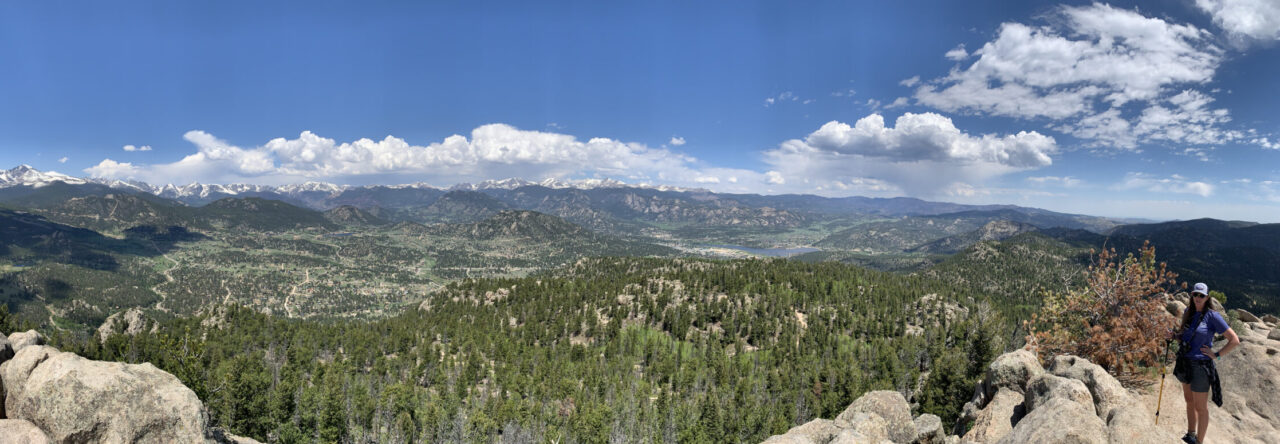And then an earthquake stopped things. It stopped the lives of so, so, so many people. The death toll is more than 3,000 right now and seems to never stop growing.
And the beauty I saw all around me? That has changed too, some of it never to be reclaimed.
USA Today said that “Saturday’s earthquake — the same magnitude as the one that hit San Francisco in 1906 — was 22 times more powerful than the 7.0 quake that devastated Haiti in 2010.”
If I think too long about the people or the things there, it makes me cry. The people… Three thousand people. I can’t wrap my brain around that. The things, certainly not more important than the people, is something I can understand more. It’s simpler. It’s less emotional.
Nepal has the densest concentration of World Heritage sites in the world. When we visited there, we were lucky to see several of them. We stayed overnight in Lumbini and toured the birthplace of Buddha. We visited Chitwan National Park and were able to see some amazing wildlife. In Kathmandu Valley, there are several structures considered to make up that World Heritage Site. So many of those were affected by Saturday’s earthquake.
The seven parts of the Kathmandu Valley National Heritage site include the Durbar Squares of Hanuman Dhoka (Kathmandu), Patan and Bhaktapur, the Buddhist stupas of Swayambhu and Bauddhanath and the Hindu temples of Pashupati and Changu Narayan.
Pictures like this one, of Boudhanath Stupa, suddenly feel precious to me.
Or this one of the Durbar Square of Hanuman Dhoka.
My husband and I are donating money to support the relief efforts in Nepal. PRI has vetted a list of agencies that are providing support in the country. I encourage you to donate as well. People have lost family members and homes. They lack food, water, electricity and medical care. They are a country of some of our world’s greatest wonders and now they are a country in despair.
I have faith that in time Nepal will go back to their slow and steady work of building and rebuilding and improving their country. But right now, they need help. As much help as they can get.







Comments are closed.